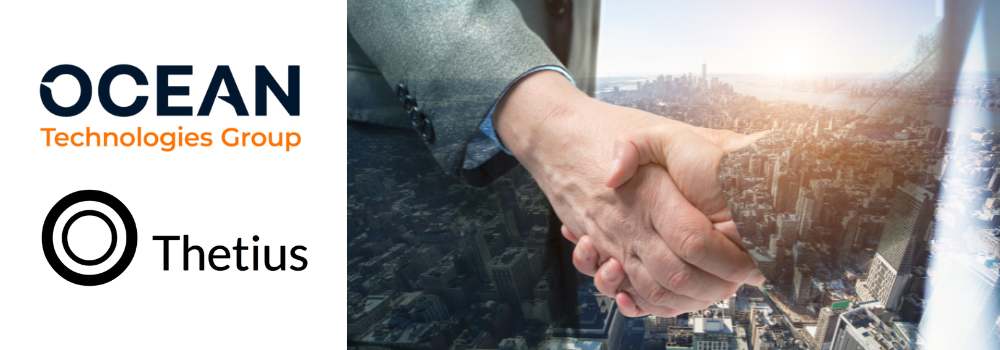Finding and retaining maritime professionals is no easy feat. In fact, figures today show that there’s an estimated shortage of around 26,240 STCW-certified officers and by 2026 we can expect to need an additional 89,510 officers to operate the world merchant fleet1.
Competition for talent in this niche industry is fierce. Skilled professionals are in demand but companies often struggle to meet the standards they require due to the scarcity of competent personnel.
Furthermore, the introduction of increasingly sophisticated technologies onboard ships is adding pressure on seafarers to rapidly acquire new skills and competencies to operate them.
Poorly trained or unmotivated individuals present a huge risk to organisations. Whether through action or inaction, they are less likely to run a safe, well-maintained ship or to have the same goals as the business.
Ultimately, this leads to an organisation with a high turnover. In time, a revolving door of people coming and going creates risks that are both hard to define and hard to control.
So, what’s the answer?
Recent research undertaken by maritime research firm Thetius and commissioned by Ocean Technologies Group (OTG) has found that deploying an effective Human Capital Management (HCM) strategy is critical to securing a talented and loyal workforce, reducing organisational risk and minimising turnover.
In a nutshell, HCM takes a holistic approach to managing people, the human capital. It encourages leaders to treat people as critical assets of the organisation that need to be invested in and considers their long-term development married with a data-driven approach with the culture and values of an organisation.
HCM requires finding and recruiting talented people, supporting them with an effective onboarding process, providing them with the opportunity to learn and develop their skills, managing their performance, and rewarding excellence. This ensures that the right people are selected for the right roles and that they are motivated and engaged in the work that they do, ultimately securing and retaining top talent.
While many elements make up a successful HCM strategy, there are three key points that are worth noting:
- HCM is about finding the best talent and working hard to keep it
A good HCM strategy first finds and recruits the best talent available and then ensures the talent is harnessed and retained. It’s hard work to source the right people with the necessary skills, but it’s even harder to then lose them because you didn’t maximise their potential. When employees leave they take with them valuable knowledge and skills they have learned. Neglecting to secure these intellectual assets can have costly repercussions.
An effective approach to HCM facilitates skills development alongside performance management. This enables seafarers to understand not just where they need to improve, but how to get there. Furthermore, a good HCM strategy ensures that employees feel valued. This includes factors such as paying crew their salaries on time and in a currency most useful to them. Those that are happy in their work, will also be loyal. Ultimately, this reduces the risk of costly and disruptive turnover.
- It’s not all about money
An HCM approach to retention is about more than just throwing money at seafarers. While no one is going to turn down a pay rise, money is not the silver bullet. Instead, what is required is a culture of continuous learning and personal development. Invest in your people to unlock their full potential. By doing so, you will create a future-proof workforce that has the skills and expertise to navigate complex situations and maintain the highest standards of safety and compliance. - Creating value from data
Using data to understand how different parameters interrelate is part of a good HCM strategy. Good quality data should be used to create true value and lasting impact. For example, combining port state control performance data with training data to better understand how learning management affects port state control performance. In research conducted by OTG in 2023, it was found that operators with a data-driven approach to learning management were 49.5% less likely to receive port state control deficiencies, and 33% less likely to be detained.
Where to begin
Once you’ve decided that an HCM strategy is for you, where and how do you start? Thetius recommends visualising the organisation you want to be and the employee experience you want to shape. Crucially, this vision must be communicated to your employees to ensure alignment of the vision and values across the organisation.
Regular check-ins with your people to gauge the overall mood, engagement, morale, and well-being of employees are also recommended. This will help to determine if your vision and messages are landing with the people who are performing the work.
Winning hearts and minds is also key. With the implementation of any new tool or process, there is likely to be some reluctance from employees. By preparing and readying those who will be affected by the change, the chance of achieving organisational-wide buy-in, and therefore successful deployment, is heightened.
If you’d like to know more about HCM and how an effective strategy can help you achieve your business and performance goals, download The Bottom Line.
- BIMCO, ICS (2021) Seafarer workforce report ↩︎


